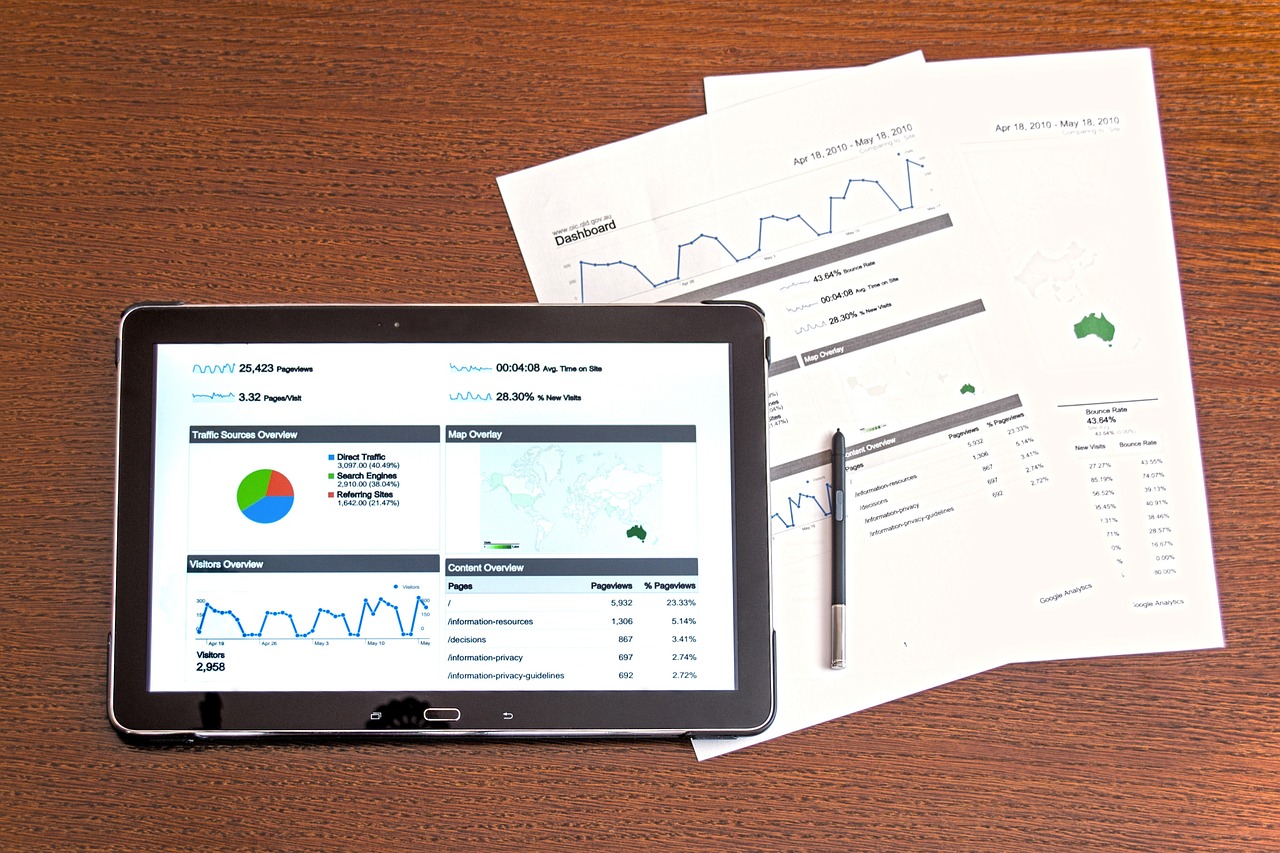I have around ₹10,000 to invest in mutual funds but I am confused about whether I should invest in an active or passive fund. An advisor told me that an active fund is better than a passive fund regarding returns. What is the difference and how do I decide which is best for me? - Amit Saini (Mumbai)
A passive fund moves with the market indices, while an active fund may underperform, outperform, or keep pace with the markets. Here’s a look at what your investment of ₹10,000 would look like in different market situations.
Total Investment = ₹10,000
Index base = 10,000 | Index | Active Fund | Passive Fund |
| Index up 10% but active fund outperforms rising 20% | 11,000 | ₹12,000 | ₹11,000 |
| Index down 10% but active fund outperforms rising 20% | 9,000 | ₹12,000 | ₹9,000 |
| Index up 10% but active fund underperforms by 20% | 11,000 | ₹8,000 | ₹11,000 |
| Index down 10% but active fund underperforms by 20% | 9,000 | ₹8,000 | ₹9,000 |
From the above table, you can see that a passive fund moves with the market index and is more stable, but the returns are low. However, an active fund’s returns fluctuate according to the portfolio product mix. It may sometimes underperform, outperform, or even move with the market, depending on the product manager’s expertise. Let’s understand exactly how this happens.
When it comes to putting your money in mutual funds, there are two primary types of funds to choose from: active and passive. Let’s learn more about each of these.
| “I believe active funds can make money when the market goes up as well as when it goes down. This gives them more opportunities to make money.” - Prasanth VP (an investor in Active Mutual Funds) |
Active Funds: What They Are and How They Work
Active funds are mutual funds that are managed by professional fund managers. These fund managers try to outperform the market by picking stocks and bonds that they believe will perform well. Active funds typically have higher fees than passive funds, which follow a certain market index and only try to match the performance of that index.
How Active Funds Work
Active funds work by hiring professional fund managers to research and select individual stocks and bonds for the fund's portfolio. The fund managers use a variety of factors to make their investment decisions, such as the company's financial performance, competitive landscape, and economic prospects.
The fund managers then buy and sell the stocks and bonds in the portfolio in an attempt to outperform the market. If the fund managers are successful, investors in the fund will earn higher returns than they would have if they had invested in a passive fund.
| “I would rather invest in passive mutual funds because I don’t like taking risks. I just want my money to go up with the stock market in the long run.” - Anita Ophelia - Passive Mutual Fund investor |
Advantages of Active Funds | Disadvantages of Active Funds |
| Active funds have the potential for higher returns. If the fund managers are able to pick stocks and bonds that outperform the market, then investors will earn more money. | Active funds are not guaranteed to outperform the market. In fact, studies have shown that the majority of active funds do not outperform the market over the long term. |
| Active funds can offer more customization. Investors can choose funds that focus on specific sectors or industries, or that use specific investment strategies. This can help investors to achieve their specific investment goals. | Active funds typically have higher fees than passive funds. These fees can tend to reduce returns over time. |
| The tax will be lower if the Active funds underperform the market and the returns are low. | Active funds may have to pay a higher tax when the returns are higher than the index and the fund outperforms. |
Passive Funds: What They Are and How They Work
Passive funds are mutual funds or exchange-traded funds (ETFs) that mimic a particular market index, such as the Nifty 50. Passive funds do not try to do better than the market; they simply try to match its performance. This makes passive funds a good option for investors who are looking for a low-cost, reliable way to grow their money over the long term.
How Passive Funds Work
Passive funds work by holding a portfolio of assets that mirrors the composition of a specific market index. For example, an NSE 50 index fund will hold a portfolio of some or all of the 50 stocks in the index; an S&P500 fund will have some of the 500 stocks that are included in the S&P 500. The fund manager does not actively trade the stocks in the portfolio; they simply buy and hold them, rebalancing the portfolio as needed to maintain its target composition.
| “If you are incredibly talented and extremely lucky, you will beat the market most of the time. Everybody else will be better off investing in low-cost broad-market index funds.” - Naved Abdali (Seasoned finance professional and Author of Investing - Hopes, Hypes, & Heartbreaks) |
Advantages of Passive Funds | Disadvantages of Passive Funds |
| Passive funds are typically very low-cost. This is because they do not have to pay high fees to fund managers who are trying to outperform the market. | Passive funds do not have the potential to outperform the market. This is because they are not actively managed. |
| Passive funds are very tax-efficient. This is because they do not generate taxable capital gains as often as active funds. | Passive funds may generate taxable capital gains when they rebalance their portfolios. |
| Passive funds are very diversified. This means that they are not exposed to the risk of any single stock or sector. This can help to reduce volatility and protect investors' money during market downturns. | Passive funds may not be as okay for investors looking for a more customized investment strategy. This is because passive funds are designed to track a specific market index, and they cannot be customized to meet the needs of individual investors. |
| “The market’s long-term trajectory is upward, which is the only direction the market can go over a long period.” - Naved Abdali |
Which Type of Fund is Right for You?
The best type of mutual fund for you depends on your individual investment requirements and risk tolerance. If you are looking for the potential for higher returns, then an active fund may be a good option for you. However, you should be aware that active funds come with higher fees and are not guaranteed to outperform the market.
If you are looking for lower fees and more consistent returns, then a passive fund may be a better option for you. Passive funds do not offer the potential for as high of returns as active funds, but they are a more reliable way to invest for the long term.
A quick guide to choosing between active and passive mutual funds:
Factors | Active Mutual Funds | Passive Mutual Funds |
| Cost of Funds | Active funds have a higher running cost because they hire fund managers and have additional costs such as research, management, and trading fees. | Passive funds have lower expenses and over the long term, this works out well for investors as they have to pay fewer fees. |
| Risk | Since Active funds engage in more trading, the risk is higher. These funds may take positions in specific stocks or sectors and this can be risky if the market goes down. | Passive funds are less volatile than active funds, which can help to protect your money during market downturns. |
| Market Situation | When there is high volatility, it is possible for Active funds to have a better opportunity because the stock correlations are low. Tactical asset allocation and careful stock selection can result in a higher return. | Passive funds tend to outperform when the volatility is low and there is a high correlation between stocks and the indices. Plus their broad exposure works in their favour. |
| Investment strategy | These funds generally invest around a theme. For example, if auto stocks are doing well, they will invest only in auto stocks. Their intention is to beat the market indices. | These funds try to mimic a particular index and only put money in the stocks in that index. Their intention is to perform in accordance with the index. |
| Tax | Since they trade more often and may generate higher capital gains, the tax too will be on the higher side. | Since they trade only in stocks in the indices and try to maintain that balance, they tend to trade less than active mutual funds. Hence tax is comparatively lower. |
Conclusion
The decision of whether to invest in active or passive mutual funds is a personal one. There is no right or wrong answer, and the best type of fund for you will depend on your individual investment goals, risk tolerance, time horizon, investment style, and tax situation. Consider all of the advantages and disadvantages involved before making a decision.







